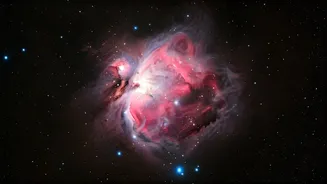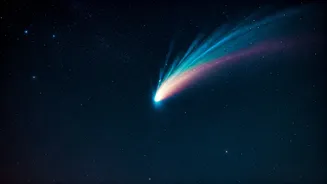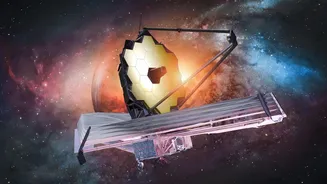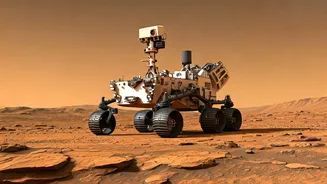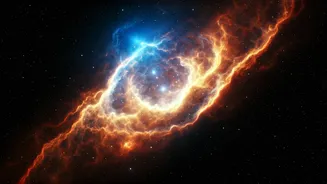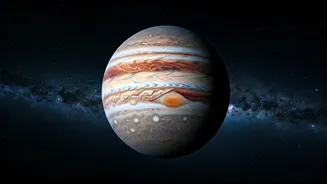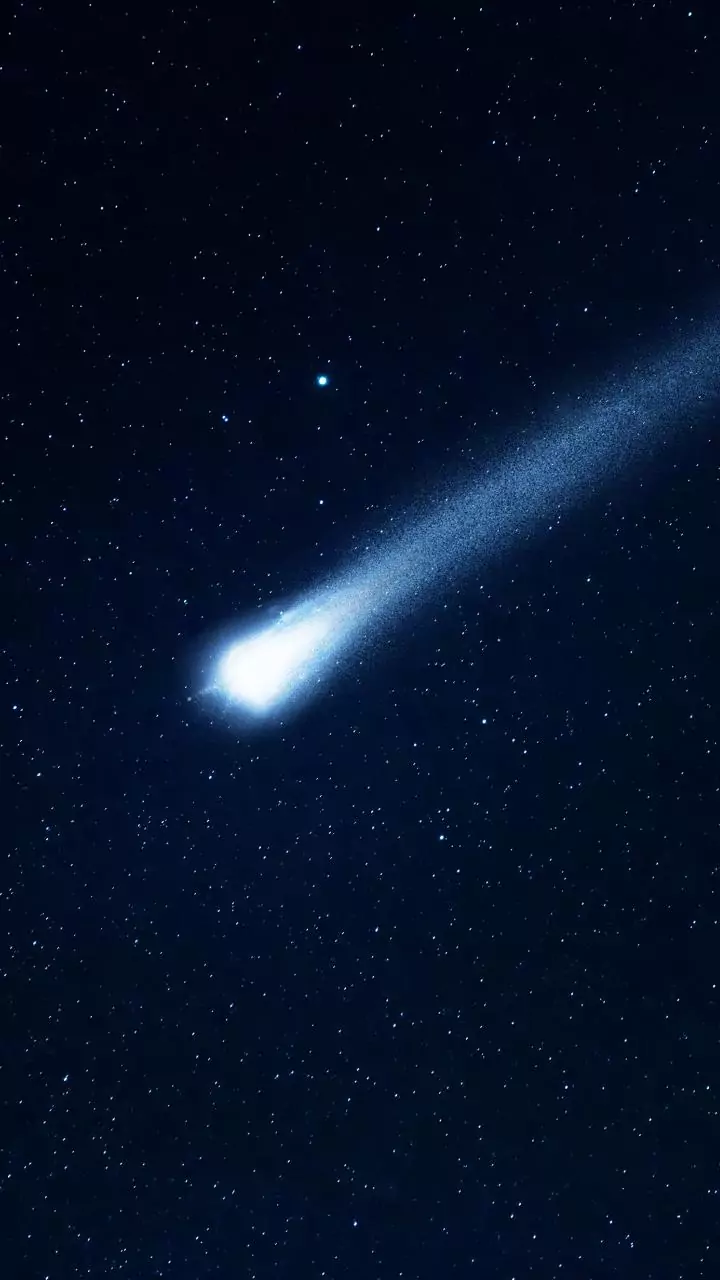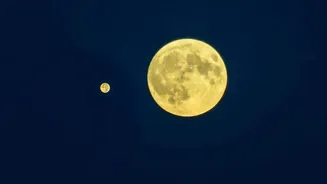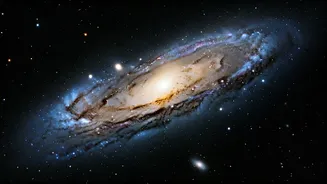Comet Lemmon's Journey
Comet Lemmon is set to brighten the October night sky, providing a captivating sight for viewers. Observing this comet requires knowing its path and optimizing
viewing conditions, using star charts or apps. As Comet Lemmon moves across the sky, it provides a unique chance to observe a celestial body. Comet Lemmon will be crossing paths, offering a unique opportunity for visual observation. Determining the optimal viewing conditions, like minimizing light pollution and ensuring a clear horizon, is crucial for spotting Comet Lemmon. The comet's brightness and visibility depend on its position relative to Earth and the sun. This period of observation presents a chance to witness a celestial event. Keep a vigilant eye on the October night sky, and you might get the chance to witness this magnificent sight. Finding the comet necessitates the utilization of star charts and other tools. Consider downloading a stargazing app to track its progress.
Planetary Brightness Unveiled
October's night sky features the brightest planets, offering an excellent opportunity for observation. Planets like Venus, Mars, Jupiter, and Saturn will be visible, each with distinct characteristics and brightness levels. Venus, for example, will be prominent due to its intense luminosity, while Mars may exhibit a reddish hue. Jupiter, known for its size and numerous moons, will provide a spectacular sight through telescopes. Saturn, recognized for its iconic rings, will also be readily visible, offering a captivating view for both casual observers and seasoned astronomers. The differing appearances of planets, from their colors to their orbital positions and brightness, make for an interesting observation experience. Knowing when and where to look is key: consulting sky maps and using stargazing apps assists in locating these celestial bodies. The best viewing times are usually after sunset and before sunrise, depending on each planet's positioning.
Spotting Interstellar Comet
Interstellar comet 3I/ATLAS will be making a visit to our solar system in October. This provides a rare chance to observe an object originating from outside our solar system. Scientists and astronomers will be focusing on Comet ATLAS as it approaches both Mars and Jupiter. The close approach presents a unique opportunity for spacecraft to gather data and images. The Mars and Jupiter probes will be ready to study this interstellar visitor. Such studies can offer insights into the composition of objects outside our solar system and the processes shaping them. This provides an opportunity for enhanced observations and data collection. European Mars orbiters are scheduled to capture images of the comet. These observations could include analyzing its tail composition. The comet's trajectory offers unique perspectives, contributing to our understanding of the broader cosmos.
Orionid Meteor Shower
The Orionid meteor shower will also be gracing the night sky, creating a spectacular display. The Orionids are known for their speed and bright trails, caused by Earth's passage through debris left by Halley's Comet. Observing the Orionids requires identifying the constellation of Orion. The peak viewing period is usually in mid-October. The best conditions for watching the meteor shower include clear, dark skies away from light pollution. Observers can anticipate seeing several meteors per hour during the peak. The vibrant, luminous streaks across the sky are a result of the Earth intersecting with the trails left behind by Halley's Comet. It's recommended to find a location that grants an unobstructed view of the sky, with the constellation Orion as the focal point. The Orionid meteor shower is one of the most popular celestial events.
JWST's Cosmic Views
The James Webb Space Telescope (JWST) continues to deliver incredible views. It is revisiting and expanding upon images and observations from the Hubble Space Telescope. The JWST is expected to reveal more detailed views of various celestial objects. This includes galaxies and nebulae. JWST's unique infrared capabilities allow it to see through cosmic dust clouds. The telescope's observations help to reveal unexpected patterns, such as 'dark beads' and irregular star patterns within Saturn's sky. The data collected by the JWST provides new details on the composition of these bodies, and their formation and evolution. The JWST is set to revisit a classic Hubble image of over 2,500 galaxies. JWST's images have significantly enhanced the details of distant celestial bodies. Its insights offer a deeper understanding of the universe.
Saturn's Sky Features
The James Webb Space Telescope has captured detailed views of Saturn. These new images reveal intricate details in the planet’s atmosphere and rings, that were previously hidden. Unexpected features, like 'dark beads' and irregular star patterns, are also visible. JWST's capacity to pierce through dust reveals previously unseen patterns. This allows astronomers to analyze the planet's atmospheric dynamics, and the behavior of the rings. Detailed data provides unprecedented insights into Saturn's sky. The unexpected features add new layers to the existing knowledge of the celestial body. These observations are revealing new insights into the planet’s complex structures and its evolution. This new information expands the comprehension of Saturn and its features.
Famous Spacecraft Locations
October's night sky will be a showcase for several spacecraft, in addition to the James Webb Space Telescope. Other legendary spacecraft will also be active, providing ample opportunity for observation. These probes are situated at different distances from Earth, each collecting valuable data. By consulting star charts and sky maps, individuals can find the locations of these spacecraft. This includes the James Webb Space Telescope which is 907,000 miles (1.46 million km) from Earth. In October 2025, you can observe the locations of NASA's Psyche asteroid probe, and Juno spacecraft, which is 464.8 million miles (748 million km) from Earth. The night sky provides a way for astronomy enthusiasts to connect with these pioneering missions. Finding the locations of famous spacecraft enhances the experience of observing the night sky.
Autumn Sky Targets
Autumn in 2025 presents eight exciting targets. These celestial events and sights offer a blend of planetary visibility, meteor showers, and deep-sky objects. With these events, the autumn sky provides diverse objects for skywatchers. These eight targets cater to all interests, providing many options for observation. Some targets are the Comets and planets. Other targets include the Orionid meteor shower, the James Webb Space Telescope, and the interstellar comet 3I/ATLAS. Consult sky charts and apps to find the best viewing locations. This provides a wide range of celestial phenomena, perfect for amateur and professional astronomers. The autumn sky is a spectacle for both experienced stargazers and beginners alike.
